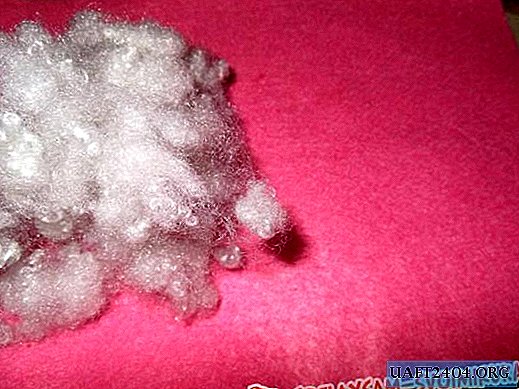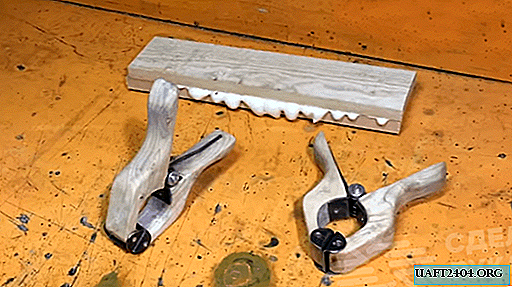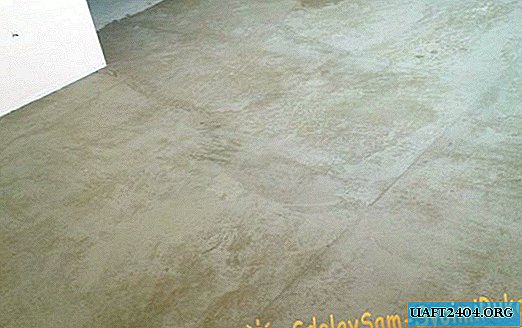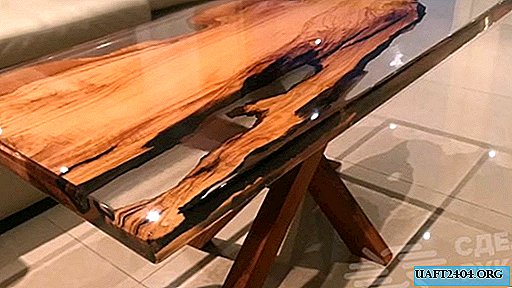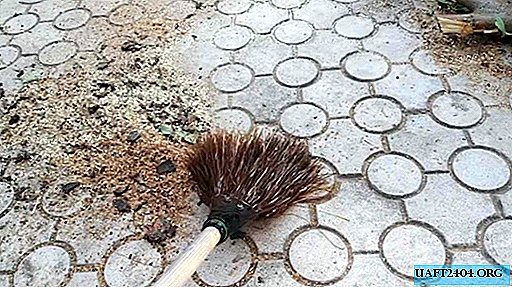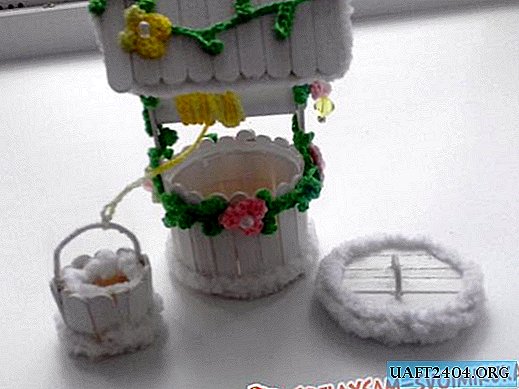Share
Pin
Tweet
Send
Share
Send
It all started with the fact that I came across this transformer:

He is at 26 Volts, 50 Watts.
As soon as I saw him, a brilliant thought occurred to me immediately: to assemble a soldering station based on this transformer. On Ali, I found this one soldering iron. In terms of parameters, it is ideally suited - the operating voltage is 24 volts, and the current consumption is 2 amperes. I ordered it, a month later he came in shockproof packaging. In the picture, the sting was a bit burnt, for it had already connected the soldering iron to the transformer. I purchased a connector on the market, immediately with a connector for four wires.
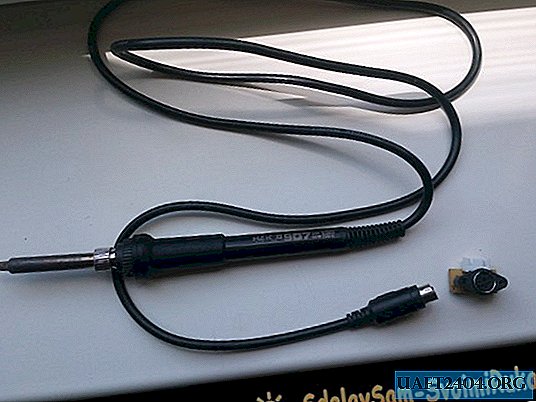
But connecting the soldering iron directly to the transformer is too simple, uninteresting, and the tip will go bad so quickly. So I immediately started thinking about the soldering iron temperature control unit.
At first, I thought out the algorithm: the microcircuit will compare the value from the variable resistor with the value on the thermistor, and, based on this, it will either supply current all the time (heating the soldering iron), or supply it in batches (holding the temperature), or not at all (when the soldering iron is not used). For these purposes, the lm358 chip is perfect - two operational amplifiers in one case.
Solder Station Controller Scheme
Well, let's go directly to the scheme itself:

Parts List:
- DD1 - lm358;
- DD2 - TL431;
- VS1 - BT131-600;
- VS2 - BT136-600E;
- VD1 - 1N4007;
- R1, R2, R9, R10, R13 - 100 Ohms;
- R3, R6, R8 - 10 kOhm;
- R4 - 5.1 kΩ;
- R5 - 500 kOhm (tuning, multi-turn);
- R7 - 510 ohms;
- R11 4.7 kOhm;
- R12 - 51 kOhm;
- R14 - 240 kOhm;
- R15 - 33 kOhm;
- R16 - 2 kOhm (tuning);
- R17 - 1 kOhm;
- R18 - 100 kOhm (variable);
- C1, C2 - 1000uF 25v;
- C3 - 47uF 50v;
- C4 0.22uF;
- HL1 - green LED;
- F1, SA1 - 1A 250v.
Making a soldering station
At the input of the circuit there is a half-wave rectifier (VD1) and a current-quenching resistor.

Further, on the DD2, R2, R3, R4, C2, the voltage stabilization unit is assembled. This unit lowers the voltage from 26 to 12 volts needed to power the chip.

Then comes the control unit itself on the DD1 chip.

And the closing block is the power unit. From the output of the microcircuit, through the indicator LED, the signal enters the triac VS1, which controls the more powerful VS2.

We will also need some wires with connectors. This is not necessary (wires can be soldered directly), but for Feng Shui it is just right.

For a printed circuit board, we need textolite measuring 6x3 cm.

We transfer the drawing to the board using the laser-iron method. To do this, print out this file, cut it out. If something has not survived, we finish with varnish.
plata.zip 42.08 Kb (downloads: 269)
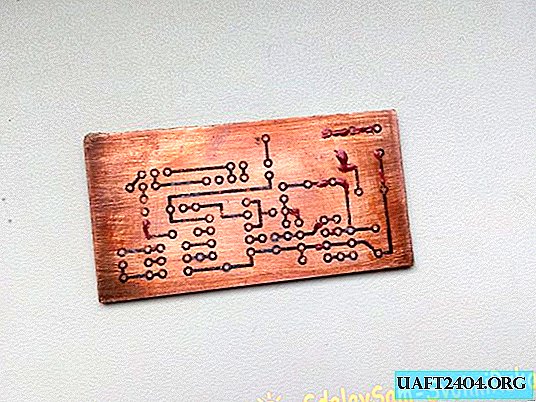
Next, we throw the board into a solution of hydrogen peroxide and citric acid (3: 1 ratio) + a pinch of salt (it is a catalyst for a chemical reaction).

When the excess copper is dissolved, take out the board, rinse with running water

Then remove the toner and varnish with acetone, drill holes

And that’s it! The circuit board is ready!
It remains to tin tracks and solder components correctly. Solder, guided by this picture:

The following places must be connected with jumpers:

So, we collected the fee. Now it would be necessary to place all this in the case. The basis will be a square of plywood measuring 12.6 x 12.6 cm.

The transformer will be in the middle, fixed with screws on small wooden blocks, the board will "live" nearby, bolted to the base through the corner.


And the dome will serve as an ordinary tray, bought in households. goods.

On the front panel, we make several holes: under the switch, a variable resistor, an LED and a connector for a soldering iron. On the back there is a hole for the power plug.
And so, what happened in the end:



The circuit started when it was first turned on and does not need to be set up.
This circuit can be powered by 12V, which makes it universal. For this, DD2, R2, R3, R4 and C2 should be excluded from the general scheme. Also, the thermistor in the circuit should be replaced with a constant resistor of 100 Ohms.
This concludes my article. Good luck to everyone in the repetition!
P.S. If the soldering iron does not start, check each connection on the board!
Share
Pin
Tweet
Send
Share
Send

